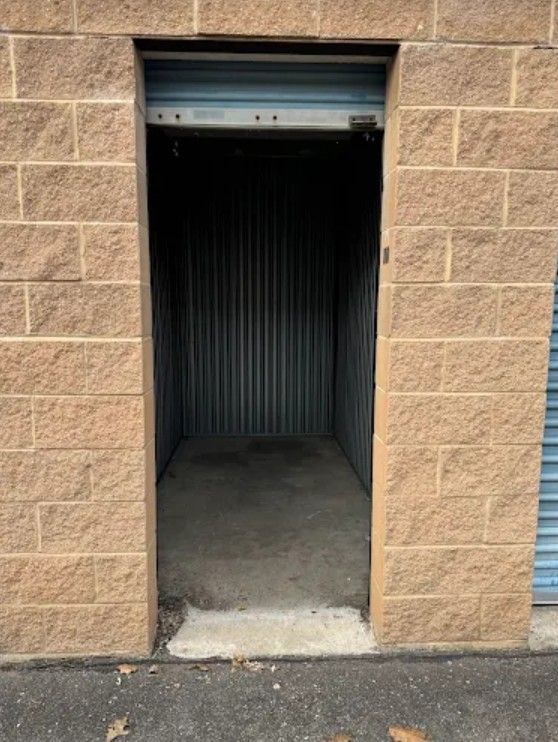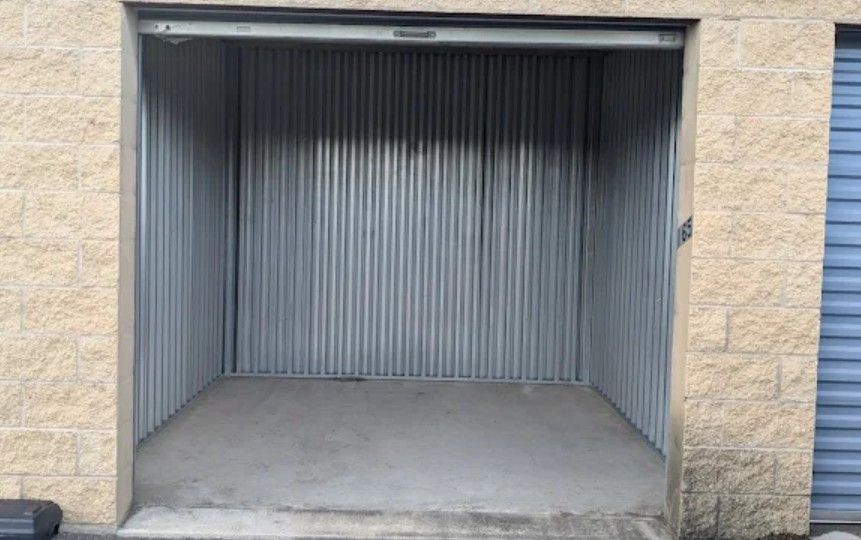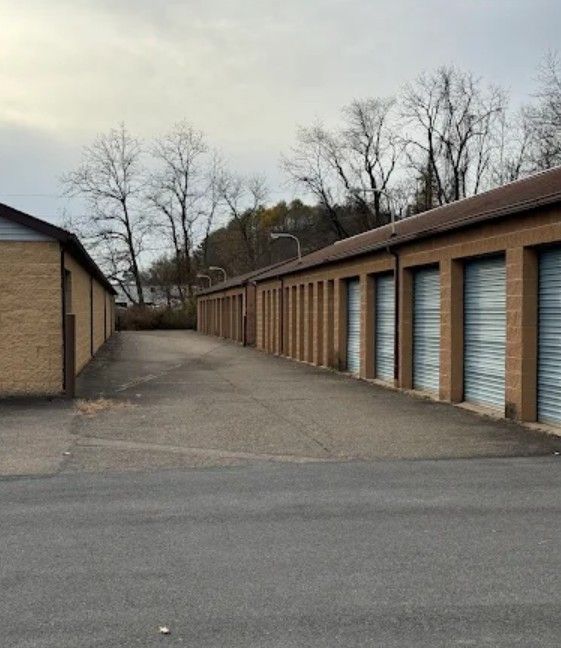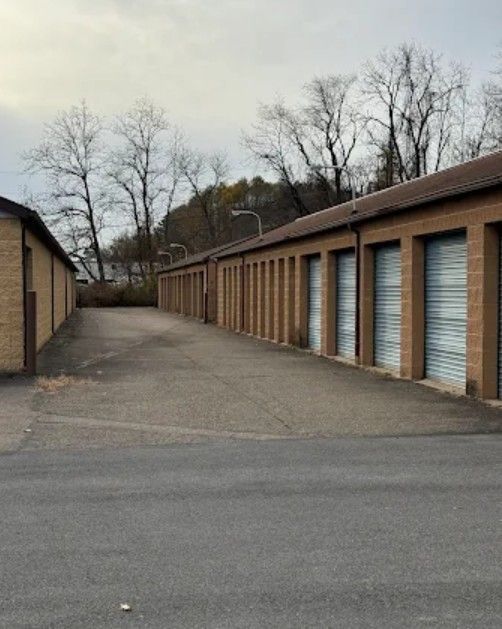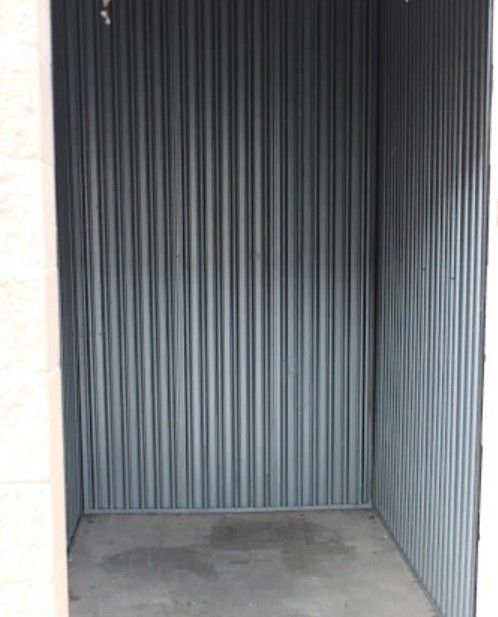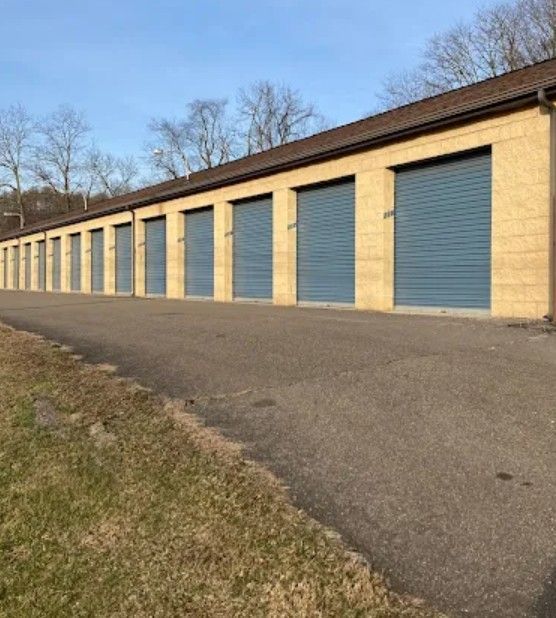Best Practices for Long-Term Storage: A Comprehensive Guide
Best Practices for Long-Term Storage: A Comprehensive Guide
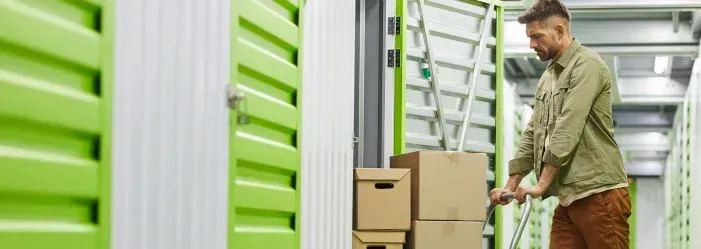
Long-term storage is essential for preserving belongings that are not needed every day but still hold sentimental, practical, or financial value. Whether you’re downsizing, traveling, safeguarding heirlooms, or storing seasonal items, proper techniques are key to ensuring that your items remain in good condition over time. This article will walk you through the best practices for storing your items securely, keeping them safe from environmental factors, and ensuring their longevity.
Choosing the Right Storage Solution
The first decision you need to make is choosing between home storage and renting a storage unit. While both options can be practical, they offer different benefits and considerations.
- Home Storage: Home storage is convenient and often cheaper, but it may not provide the ideal conditions for certain items. If your space lacks the proper ventilation, temperature control, or security measures, this could potentially lead to deterioration, especially for items such as electronics, fabrics, and wooden furniture.
- Storage Units: Renting a storage unit, on the other hand, provides several advantages, including security and protection from extreme environmental conditions. For delicate items that can be affected by temperature fluctuations and humidity, choosing a climate-controlled storage unit is essential. These units keep items safe from the risks of mold, mildew, and damage due to temperature extremes. Climate-controlled storage is particularly useful for wooden furniture, electronics, and documents that could deteriorate in harsh conditions.
Preparing Items for Storage
Before placing any item in storage, proper preparation is key to ensuring it remains safe and in good condition.
- Cleaning and Drying: Always clean and dry items thoroughly before storing them. Moisture can lead to mold and mildew growth, particularly in fabrics, leather, and wooden items. Dust, dirt, and food residues can also attract pests and cause deterioration over time. Make sure fabrics like clothing, bedding, and curtains are washed and completely dried to avoid any risk of mold.
- Packing: Efficient packing plays a significant role in preserving your items. Use durable, acid-free materials such as archival-quality boxes or plastic containers that seal tightly to protect against moisture, dust, and pests. Avoid over-packing boxes, as it can lead to damage. Also, remember to clearly label all boxes with both contents and the storage date. This will make retrieval much easier.
- Organizing: When organizing your items, keep similar items together. For example, store all electronics in one area, clothing in another, and fragile items like glassware or collectibles in a designated space. Keeping items organized by category allows you to know exactly where everything is when you need it.
Best Storage Materials
The materials you use for packing and storing your belongings can directly impact their longevity.
- Plastic Containers: Using clear plastic bins with airtight seals is a good option for long-term storage. These containers offer better protection against moisture, dust, and pests compared to traditional cardboard boxes. They are sturdy and durable, making them ideal for a wide range of items, including clothing, books, and fragile objects.
- Bubble Wrap and Foam Padding: For fragile items such as glass, ceramics, or electronics, it is essential to use protective materials like bubble wrap or foam padding. These materials help prevent physical damage by providing a cushion during transportation or if boxes are moved around in storage.
- Silica Gel Packets: Moisture is one of the biggest threats to long-term storage, especially in high-humidity environments. Silica gel packets can be placed in boxes to help absorb excess moisture, keeping the contents dry. These are particularly helpful when storing electronics or documents.
Protecting Furniture and Large Items
Furniture and large items require special care when stored long-term to prevent damage from moisture, dust, and physical wear.
- Wrap Furniture: When storing furniture, wrap it in breathable fabric covers, blankets, or plastic sheeting to protect it from dust and dirt. However, avoid using plastic sheeting that isn’t breathable, as it can trap moisture and cause mold growth.
- Disassemble Large Items: Whenever possible, disassemble large furniture like beds, tables, or bookshelves. This helps save space in your storage unit and reduces the risk of damage. Be sure to store screws, bolts, and small parts in clearly labeled bags so you can easily reassemble them when needed.
Storing Electronics Safely
Electronics are sensitive to temperature and humidity, which makes proper storage essential.
- Cleaning: Before storing electronics, clean them thoroughly to remove dust, grime, or other debris.
- Disconnecting and Removing Batteries: Always unplug devices and remove any batteries to prevent them from leaking or corroding.
- Packaging: The original packaging of electronic devices is often the best option for storage, as it is specifically designed to protect them. If the original box is unavailable, use a padded container and anti-static bubble wrap to prevent damage from static electricity.
Storing Clothing and Textiles
Clothing and textiles require special attention to prevent damage from moisture, pests, and environmental factors.
- Proper Cleaning and Drying: Wash and completely dry all items before storing them to avoid mildew or mold.
- Vacuum-Sealed Bags: These bags help save space and protect against pests and dust. They are especially helpful for storing seasonal clothing, bedding, or fabric-based items.
- Natural Deterrents: Cedar blocks, lavender sachets, or other natural repellents can help deter moths and pests without using chemicals that may damage the textiles.
Storing Important Documents and Photos
Photographs, important documents, and heirlooms need special storage to prevent them from fading, yellowing, or suffering other forms of damage.
- Archival-Quality Storage: Store documents and photographs in acid-free folders, boxes, or protective sleeves. Archival-quality storage materials help to preserve the integrity of the items over time.
- Dark and Dry Environment: Store these items in a cool, dry, and dark environment to prevent exposure to sunlight, which can cause fading and deterioration.
- Fireproof Safes: For extremely valuable documents such as legal papers, deeds, and important identification, a fireproof safe is a great addition to your storage strategy. It provides protection from fire, water damage, and theft.
Security and Environmental Factors
Whether you’re storing items at home or in a facility, security is essential.
- Storage Facility Security: Choose a storage unit that provides 24/7 surveillance, controlled access, and on-site personnel. Climate-controlled storage facilities are ideal for protecting sensitive items from environmental factors like extreme temperature shifts or humidity.
- Home Security: If you're storing items at home, ensure your space is secure with motion-activated lights, cameras, and sturdy locks. For highly valuable or sensitive items, consider using a safe to protect them from theft.
Insurance for Stored Items
Despite taking all the necessary precautions, accidents can still happen. Whether it's fire, theft, or natural disaster, having insurance for your stored items provides peace of mind.
- Storage Facility Insurance: Many storage facilities offer insurance coverage in case of damage or loss. It's important to check the terms of your storage agreement to understand what is covered.
- Homeowners or Renters Insurance: Your homeowner’s or renters’ insurance policy may also provide coverage for items stored off-site, so be sure to check the details of your policy.
- Specialized Coverage: If you're storing particularly valuable or high-risk items, consider specialized insurance to ensure full protection.
Regular Maintenance and Inspection
Performing regular checks on stored items is a critical aspect of long-term storage. Periodic inspections can help you catch any problems early before they cause significant damage.
- Check for Moisture and Pests: Moisture buildup and pest infestations can be difficult to notice at first. Checking your storage space every few months will help catch these problems before they escalate.
- Reorganize as Needed: Over time, you may need to reorganize or replace packing materials. Ensure labels remain visible and replace any deteriorated packing materials like old bubble wrap or silica gel packets.
Conclusion
Long-term storage requires careful preparation, the right materials, and consistent attention to security and environmental factors. Choosing the right storage solution, whether at home or in a rented unit, helps protect your items from damage. Proper packing, climate-controlled environments, and regular inspections will ensure your belongings stay safe and in good condition for years. With these best practices in mind, you can store your items with confidence, knowing that they will remain protected and preserved for the future.
Business Locations
Contact Us!
